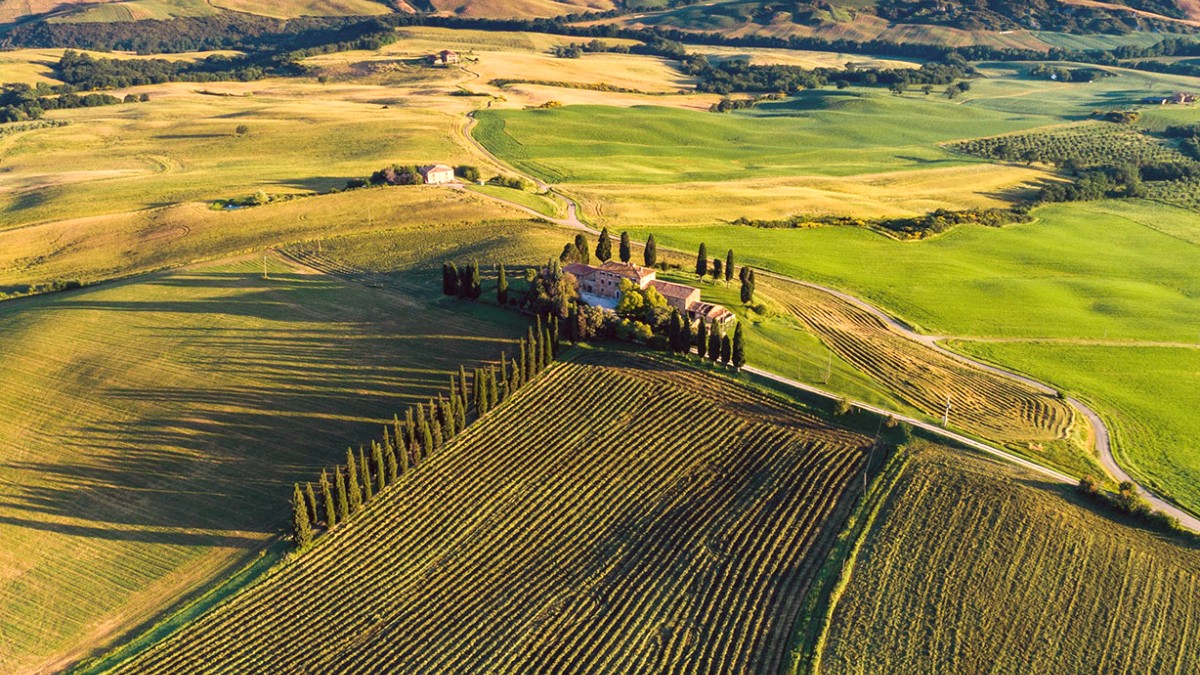
Ardennes, Belgium
The approximate coordinates for Spa are 50°29′34″N latitude and 5°51′49″E longitude, placing it firmly in Western Europe. The town center sits at an elevation of roughly 240 meters (790 feet) above sea level. The Wayai River, a smaller waterway, flows through Spa, influencing the town's local geography. Spa's surroundings consist of dense forests, part of the High Fens – Eifel Nature Park, a major Belgian natural reserve with high moorlands, bogs, and forests. This natural environment makes the area a draw for hiking, cycling, and other outdoor pursuits.
Plan your outdoor activities around the elevation and terrain of the Ardennes.
Pack footwear suitable for varied surfaces, including potentially muddy forest trails.
Spa's history as a therapeutic destination goes back to Roman times. Early evidence indicates Romans knew of the local mineral springs' healing properties. The town gained wide fame in the 16th century when its mineral-rich waters gained scientific recognition for their purported healing qualities. By the 18th century, Spa changed into a popular European health resort, drawing aristocracy, intellectuals, and noteworthy figures from across the continent. This era earned Spa the moniker "Café de l'Europe," symbolizing its position as a meeting place for the elite. The town's reputation became so pervasive that its name, "spa," is now a common term for any health resort associated with water treatment.
The Napoleonic Wars in the late 18th and early 19th centuries led to a period of decline. However, the town re-established itself in the 19th century with new infrastructure, including grand hotels. The 20th century presented new challenges; during World War I, the town served as the headquarters for the German Supreme Command from 1918. In World War II, Spa played a role in the Battle of the Bulge, directly experiencing the conflict. Beyond its thermal heritage and wartime experiences, Spa is also known for motor sport. The Circuit de Spa-Francorchamps, one of the most iconic Formula 1 tracks globally, was established in 1922. This blend of serene wellness, deep history, and high-octane sport makes Spa a destination.
Early recognition of mineral springs' healing qualities.
Mineral waters gain scientific recognition, increasing fame.
Becomes "Café de l'Europe," a fashionable European health resort.
Revival period with new grand hotels and infrastructure.
WWI German HQ, WWII impact, and establishment of F1 Circuit.
When you explore Spa, look for architectural details from its Golden Age. These structures tell the story of the town's past as a sophisticated European resort.
Witness the grandeur of 19th-century architecture that welcomed Europe's elite.
Discover the ornate pavilions built over the town's famous mineral springs.
Spa's ability to adapt and maintain its standing through changing eras emphasizes its lasting charm.
Spa, beyond its thermal waters and motor racing, presents a collection of attractions. These sites offer insights into its history, nature, and cultural appeal.
From serene parks to historic landmarks, the town provides options for different interests.
A modern thermal complex with indoor and outdoor pools, saunas, and wellness treatments, fed by the natural springs.
One of the world's most iconic Formula 1 race tracks, hosting the Belgian Grand Prix and other motorsport events.
A historic spring pavilion and museum, demonstrating Spa's thermal heritage and the famous Pouhon water.
Explore more of Spa's charm and history beyond its main attractions.
Belgian fries are thick-cut, twice-fried, and served in a paper cone with a wide variety of sauces.
Enjoy fluffy Liège waffles or lighter Brussels waffles, often with toppings.
A wide array of world-renowned beers, from Trappist ales to refreshing lagers.
Savor classic dishes like Stoemp, Waterzooi, and hearty stews in a cozy setting.
Find diverse options from Italian and French to Asian influences in Spa's dining scene.
Indulge in exquisite pastries, artisanal chocolates, and freshly baked goods.